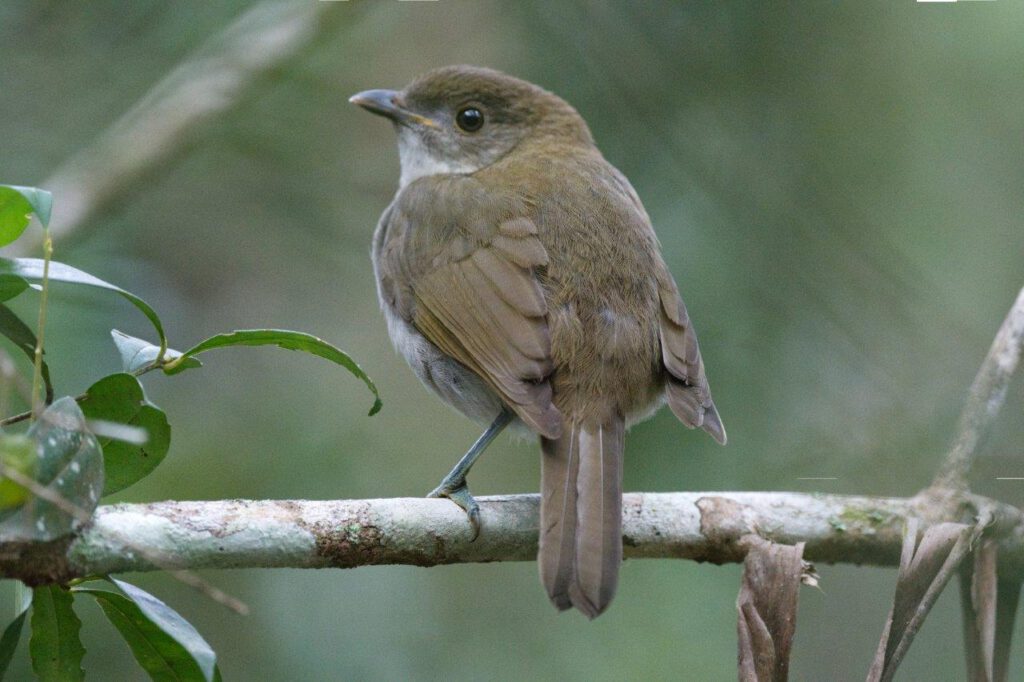
It appears that the most common species of Lilly-Pilly here (Syzygium smithii , Creek Satinash) flowers and fruits most profusely every second year. In 2020, they attracted many bowerbirds (see my blogs from June and July 2020), and it is the same again this year.
A few weeks ago, our resident Satin Bowerbirds were joined by a couple of Spotted Catbirds, and now by Tooth-billed and Golden Bowerbirds. The latter seem to be juvenile birds: the Tooth-billed BB still has a yellow/orange gape and the Golden BB’s iris looks more brown than the female’s yellowish one.
Ian Wardell stayed in our cabin recently and kindly provided the bowerbird photographs for this blog.




Our 3 resident mature Victoria’s Riflebirds have been joined by 2 more (we haven’t seen 5 black ones together before), and are taking turns with immature males on various display post and branches. We even saw two pairs of immatures displaying to each other close together! Unfortunately, they are often taking flight when one of the Grey Goshawks appears.

Dad Cassowary has paired up with Wattle, the dominant female, now, but is still not taking up her invitations to mate, when she sits down and patiently waits for him to approach. But she is persistent and follows him (almost) everywhere.

Zero, the 15 month old youngster, now has to avoid the adult birds, as they chase her/him with much vigour. This morning we listened to them crashing through the forest and splashing through the creek.

We named her/him ‘Zero”, because it doesn’t have any wattles (there was an injury to the area on the neck where the wattles should have developed when she/he was still very young)

